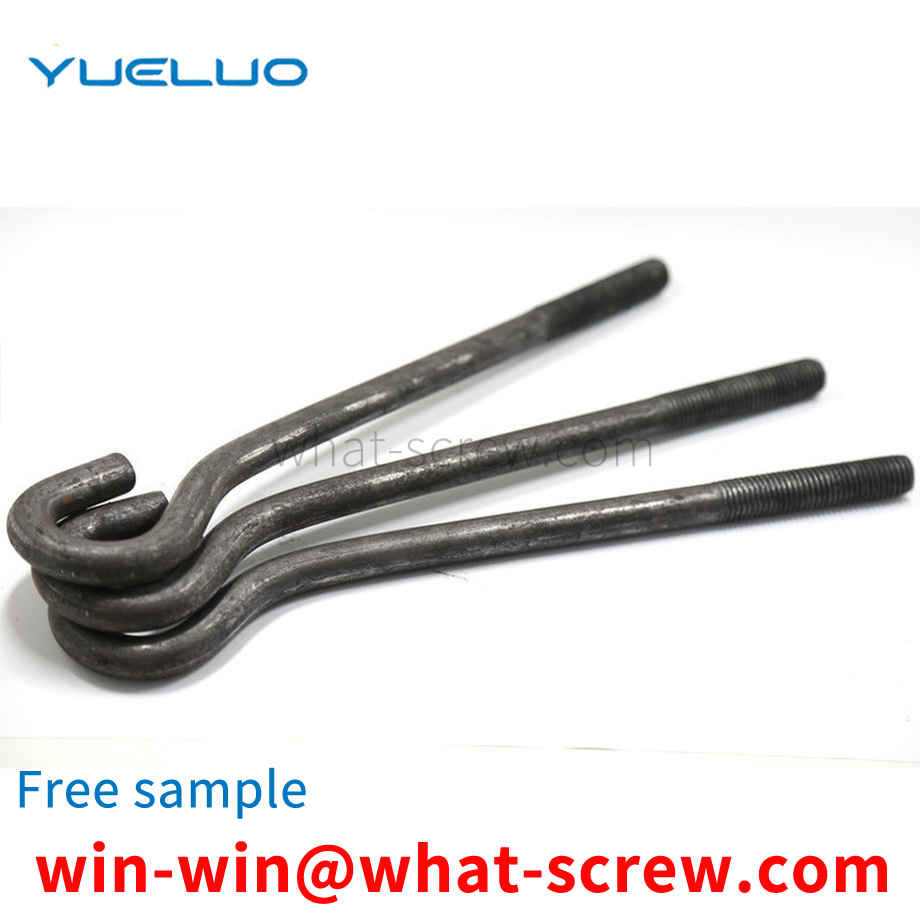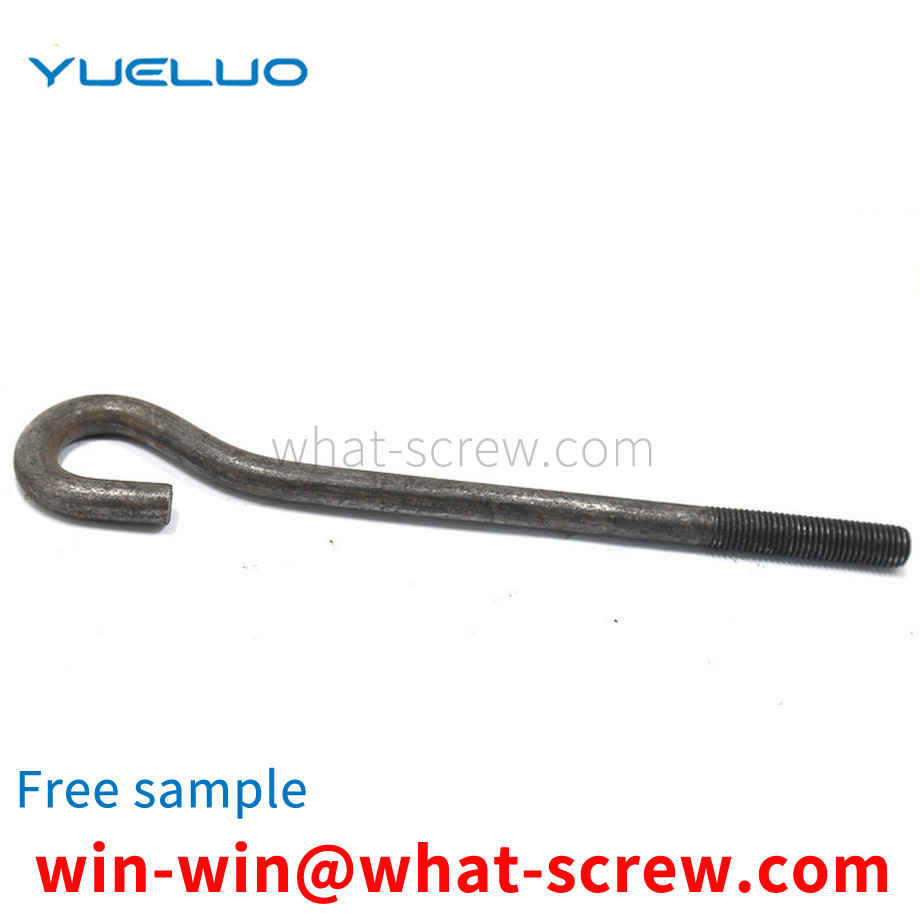The following standards contain provisions which, through reference in this standard, constitute provisions of this standard, and at the time of publication of this standard, the editions indicated were valid. All standards are subject to revision and parties using this standard should explore the possibility of using the latest edition of the following standards. GB/T90-1985 Fasteners Acceptance Inspection, Marking and Packaging -1985 Cross recessed screws GB/T1237-2000 Fastener marking method GB/T3098.1-2000 Mechanical properties of fasteners Bolts, screws and studs GB/T3098.6-2000 Mechanical properties of fasteners, stainless steel bolts, Screws and studs GB/T3098.10-1993 Mechanical properties of fasteners Bolts, screws, studs and nuts made of non-ferrous metals GB/T3103.1-1982 Fastener tolerances Bolts, screws and nuts GB/T3106-1982 Bolts , The nominal length of screws and studs and the thread length of ordinary bolts -2000 Fastener surface defect bolts, screws and studs, general requirements GB/T16938-1997 Fastener bolts, screws. Studs and nuts general technical conditions
The global economy continues to slump and overseas export trade is sluggish. Many fastener companies at home and abroad are facing severe tests. Accelerating economic transformation and structural upgrading is imminent, and developing overseas markets is undoubtedly an important way out for the development of the current fastener industry. From the fourth quarter of 2011 to the first half of 2012, affected by the objective environment, the development speed of the fastener industry may slow down, but from the third quarter of 2012, with the policy in place, the convening of the 18th National Congress of The upcoming series of development policies, etc., can promote the further development of the industry. And we must insist on innovation and adjustment and transformation, we must continue to rely closely on key industries such as automobiles, new energy, aerospace, shipbuilding, urban transportation, IT, electronic appliances, construction, etc., accelerate the optimization and upgrading of fastener products, and promote fasteners. The whole industry develops healthily and steadily. The global fastener market size exceeds 50 billion US dollars, and China's total fastener production in 2012 is also expected to reach about 6.8 million tons. However, compared with the manufacturing powerhouses such as the United States and Japan, there is still a big gap in my country's fastener industry.
At present, injection molding screws are widely used in various electronic and automotive components, including a body, the middle of which is provided with a through hole 3, the body head 1 has a hexagonal cross-section, and the tail 2 is provided with screw teeth. When in use, the middle through hole 3 of the body will first put the wire harness, and then fix it by injection molding from the head I, and the threads of the tail 7 should be connected and installed with other components. Because the head I of the main body is hexagonal, the torque provided after injection molding is insufficient. Therefore, after the external thread is installed and connected with other components, the head is prone to slip, the installation is not reliable, and there is no push-pull force, resulting in product failure and increased safety hazards.
Generally known bolts refer to screws with a larger diameter. According to this statement, the diameter of screws is much smaller than that of bolts. Stud bolts do not have a head, and some are called studs. Both ends of the stud are threaded, with no thread in the middle and a smooth rod in the middle. Studs are used on large equipment such as gear racks. In actual use, the external load will have vibration and the influence of temperature will reduce the frictional force, and the threaded connection will loosen and fail over time. Therefore, it is necessary to do a good job in the maintenance of the stud bolts at ordinary times. Stud bolts or anchor bolts will have problems under the action of mechanical friction for a long time. When problems occur, the engine oil pan should be removed, and the use of the engine bearing bushes should be carefully checked, and the clearance between the bearing bushes should be checked. Whether it is too large, if the gap is too large, it should be replaced in time. When replacing the stud bolts, also replace the connecting rod bolts. When some large equipment such as nail making machines are in normal operation, if they find that the engine is not running very stable or there is abnormal noise, they should stop and check in time to avoid bigger problems.
In the prior art, the earliest rivets were small pegs made of wood or bone, and the earliest metal deformations were probably the ancestors of the rivets we know today. Without a doubt, they are the oldest known method of metal joining, dating back as far as the earliest use of malleable metals, for example: the Bronze Age Egyptians used rivets to attach six wooden sectors to the outer lines of a slotted wheel Riveted and fastened together. After the Greeks successfully cast large statues in bronze, they then used rivets to rive the parts together. With the progress of the times, there are more and more types of rivets, but traditional rivets have connection strength. Insufficient problem, so a new rivet is needed to solve the above problem.
We have many years of experience in the production and sales of screws, nuts, flat washers, etc. The main products are: Torx thumb screws, black cap nuts, French standard washers, round head positioning pins and other products, we can provide you with suitable products for you. Fastener Solutions.



















 Service Hotline
Service Hotline




